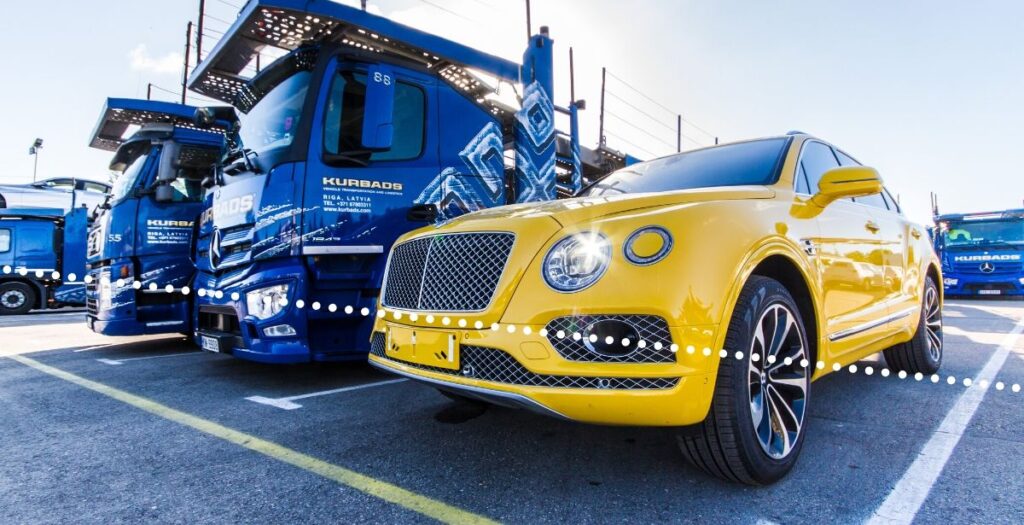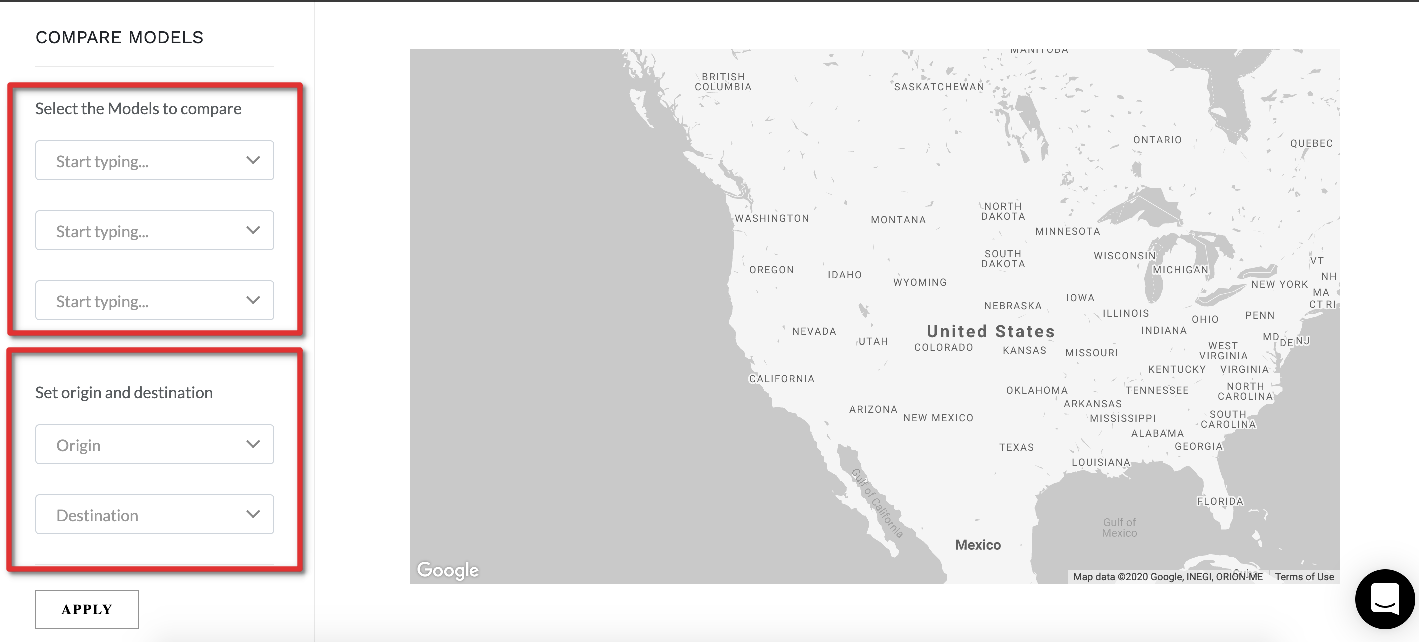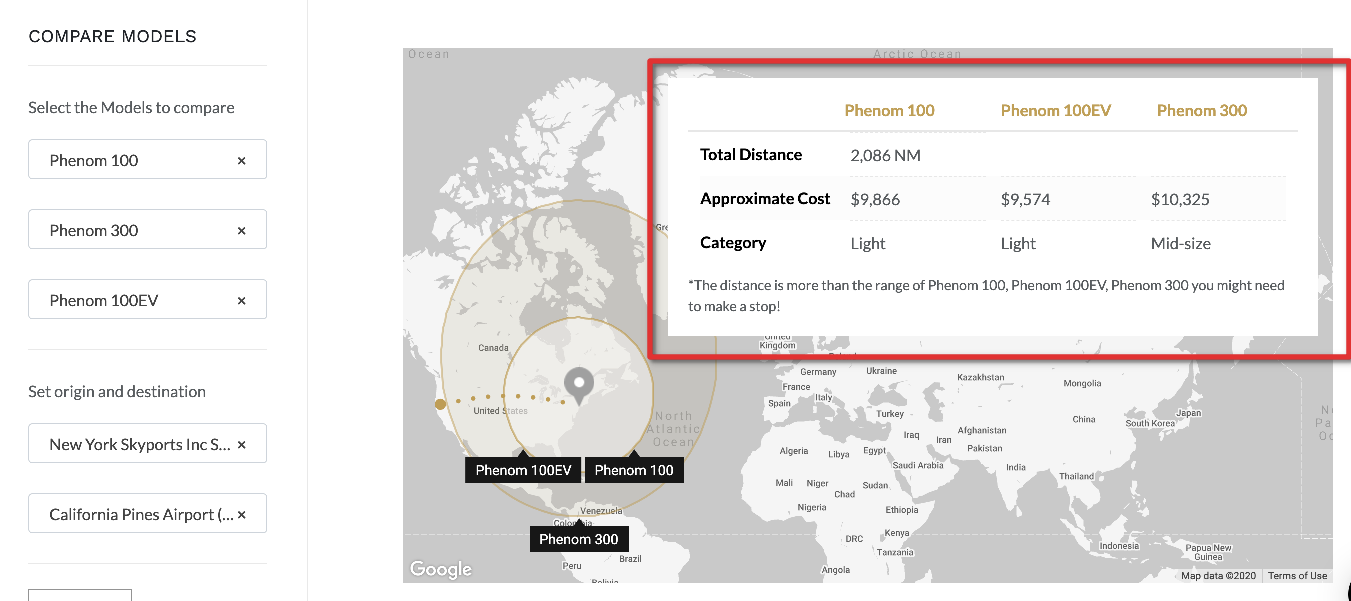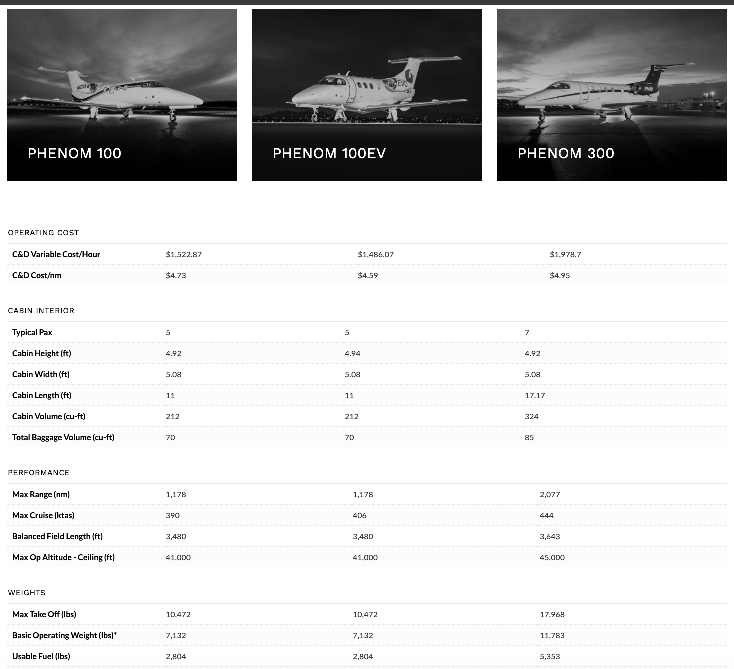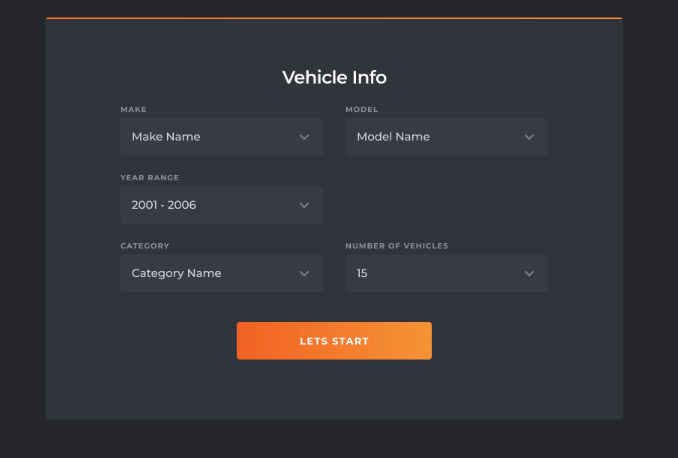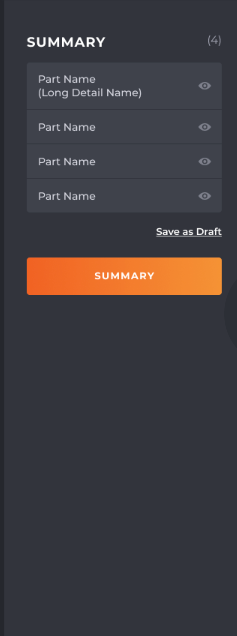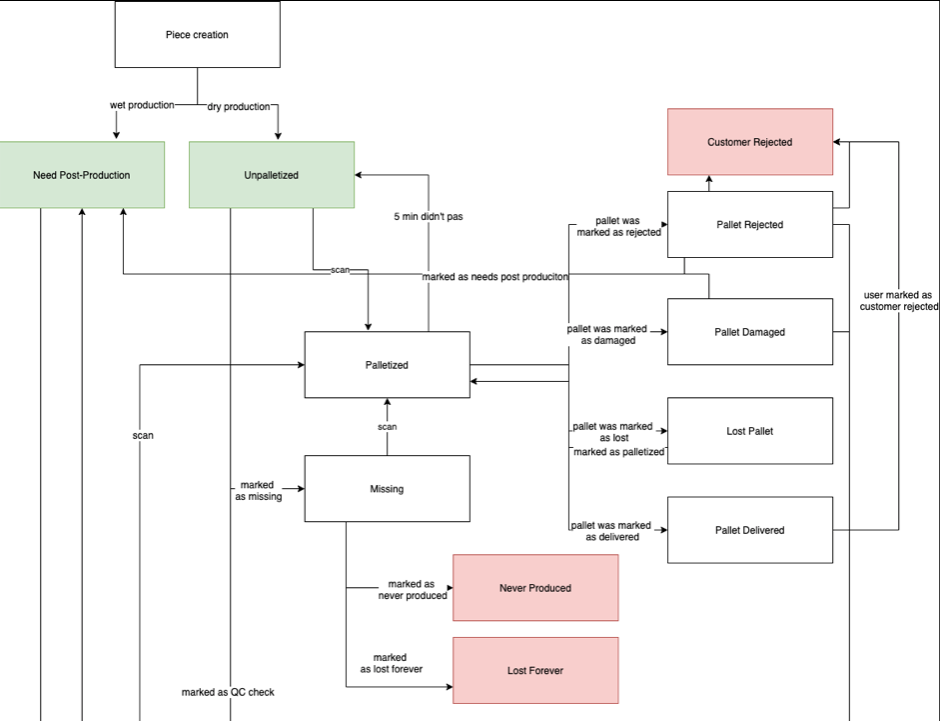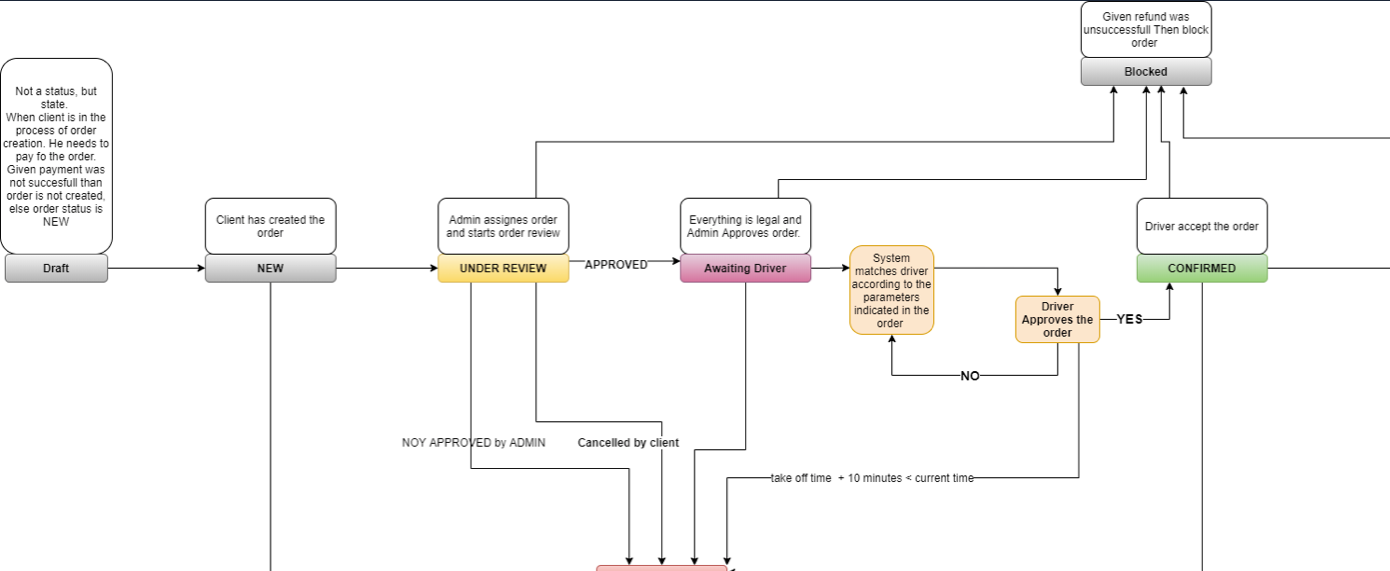Table of Contents
According to the most recent reports, the e-retail sales are expected to reach $4.8 trillion by 2021. While the vehicles and transportation industry is taking less percentage in this stats compared to the fashion and utilities, the online purchase experience is still important. The purchase of a vehicle is often connected with the personal experience of the vehicle whether it is a car, aircraft or a yacht. 86% of shoppers (research from digital marketing agency Adtaxi) would first do online research of the vehicle before the actual purchase. This means that the vehicle company needs to make sure that:
- They have online presence.
- The inventory of all available cars, aircrafts, boats, yachts, etc is kept up to date.
- The order placement is intuitive to users, especially for those companies that provide the customization of the vehicles by adding parts, change of interior, exterior, etc.
- Users have the way to compare several vehicles to get understanding of which option is better.
- There is an order management system based on the individual needs of the client, which is especially true for the companies that sell highly customizable vehicles.
In order to understand how to meet all of these requirements it is important to know the potential customer journey. Usually before the user lands on your website, they would first visit the aggregate website where they can read more info about your vehicle and later on they would go to Bing or Google to search for offers and here is where they potentially find your website.
Considering the journey it is especially important to:
- (a) serve as an aggregate website to customers by providing the inventory info required;
- (b) connect this inventory to actual offers you have on the website.
This way you can start attracting users from step 1 of their journey without waiting for step 3.
Build the unified Inventory Management System
Based on Altamira experience in working with the vehicles industries, like yachts and aircrafts, the biggest problem is the unification of the details about the airplanes and yachts they have in their inventory. The situation is better with the cars, but the problem still exists.
The unification problem is usually related to the modifications of vehicles. For example, the change of interior or exterior of the vehicles, last inspection date of the vehicle as well as of its engines, etc., they all affect the final price and entail additional expenses to either the end customer who would purchase this vehicle or to the broker who is reselling it or company-owner of the vehicle.
However, the problem itself goes a lot deeper, some of the aircrafts, boats, yachts and cars do not even have their technical records in place and are not kept up-to-date after the overhaul.
So the unification of the inventory should cover:
- Full technical specification of the vehicle with the date of last update. Ideally you should also be attaching the specification documents.
- Full history of maintenance of the vehicle, which should cover (a) the programs the vehicle is enrolled into (b) if this is an aircraft or yacht this should also cover the programs that the engines are enrolled into if any (c) Inspection dates (d) damages history.
- Utilization log to know how many miles the vehicles was in utilization.
- Sales records in case you are also involved into the reselling of the cars.
- Available compatible parts and services that can be used with this car/aircraft/yacht/boat in case you are providing the customization of the vehicles.
Having this in place resolves several problems for you and your customer. First, you have all relevant and latest information about all available inventory for your sales team, saving their time. Second, you can allow your customers to compare the vehicles that they are interested in on your website. This feature has proven to be very useful to most of the clients we worked with.
Here’s one of the examples how it was developed for the aircraft selling company:
1) Users can select up to three aircraft models they would like to compare, as well as origin and destination where they plan to execute the flights:
2) Once they hit “Apply”, system displays them the comparison of the flight range of the models on the map also listing the estimated costs for the flight for each airplane and provides the table with the comparison of general data about each model:
A similar tool can be used for any kind of vehicle but it requires to keep the inventory as up to date as possible. This particular aircraft instrument was extended to the estimated cost comparison tool available to the owner’s sales team. In a blink of an eye they are now able to get the detailed document with all items affecting the final cost for any number of aircrafts and the end customer can select the one they like the most in terms of technical possibilities and actual price. This is the best tool you can suggest to your clients to get the cost/quality solutions.
In order to develop the inventory software application you would need:
- To collect data on the vehicles.
- To build the software system.
- To teach your team to use it.
Collecting data can be done manually, however it can also be optimized by writing the scraper tool. The scraper is essentially a piece of code that visits certain websites that provide public records of the vehicles, scrapes them and adds to your system. This way you can save time on manual work on data collection and entering, having the data gathered quickly.
The cost of building software starts from $30,000 in its basic view and can reach any number depending on the set of features you would like to include in there. The sum we’ve provided is basic, but should give you some understanding of the least you need to invest. Of course you can find the ready made e-commerce or CRM systems that provide the inventory management. But based on our experience they are not effective in solving the requirements placed by the custom processes of each company.
And if you have built the custom software, teaching the personnel to use it should not be the challenge, because nowadays software can be designed to be as intuitive as possible to break the ice between a user and a system. Moreover, the benefit of software is that it can provide onboarding, tutorial and video explanations in context of using the platform, which means your team will get tooltips, help texts, hints, etc as they use it.
Complexities with the Orders Creation experience
If you already have the online presence and proper inventory on your website, the next step would be to provide the user friendly experience to order the vehicle from your website. In its basic form the order form can be really small and just request the customer to leave their contact details. And sometimes this is sufficient for the companies that do not allow much of the vehicle customization.
However, if we are talking about the companies that also provide the service or installation of the additional parts, modifying the interior and exterior, etc. the order placement turns into the quest where the sales team spends hours understanding what the client wants. The solution here can be the development of the order form that is built as a wizard. It means that the system breaks the order placement into steps, where on each step software requests only a piece of information at a time. The wizard can be optimized to also show the cost impact of added parts instantly. Once the form is placed, web or mobile application sends the modifications the user has set up to the admin portal to your team for processing in a unified way.
Here’s the sample of how the order placement experience was simplified. According to metrics the time to process one order was decreased 3.2 times for the company that provides the installation of parts on the cars.
1) First, user needs to indicate the general information about the vehicle that requires the parts installation.
2) Once this is done, the user is redirected to the interface, where they can add the correspondent parts and their modification to the vehicle that were selected on the previous step. All parts are grouped into the categories for better navigation. All of these categories are editable from the admin panel.
3) Once the category is selected, users can see the groups that are also editable per each category in the admin panel. And within each group users can select parts and their options, e.g. the user selects Rear Lightning (as category) > Side Rear Window(as group) >Lights (as part) > Red (as option of the part). Admin can also manage if a user can select one or several parts per group in the admin panel.
4) And once the parts were selected, the user can see their full list on a summary. The summary is updated dynamically based on the selection of users. Once a user confirms the order, it is sent to the admin panel and assigned to the sales team. The notification with the order summary is sent to a user and admin of the system.
Apart of the order’s placement, system also collects statistics and analytics on:
- where user left while placing the order
- how many time user spends placing it
- How many orders each user places
- And many others.
This gives the insights to the company managers in terms of what can be optimized more, which parts are more sold versus others, how much time it takes to process the order after it was received in the system. All of these statistics allow to increase sales and optimize user’s experience.
The price for development of the customized order placement software can start from $10,000 and reach any number depending on the complexity and the number of customizable features. Keeping the form hardcoded without the ability to edit it from the admin panel allows to save the budget money but makes it less agile in updating it. So here, it’s the question of what you are ready to trade off in terms of the functionality.
Orders management and recent sales Software
Collection of the orders online is only the part of the successful flow, you also need an effective way to review those. Usually the problems with the orders, experienced by our customers can be listed as:
- Missed orders;
- Several system where the list of orders are kept;
- Lost or confused orders if client works with a subcontractor;
- Manual calculations on the orders statistics;
- Lack of order statuses notifications.
All of these problems can be resolved by using the web application that allows to keep all orders in the system unified. There are so many ways, in which this can be done. But the most common one is to gather them into the list of orders sorted by most recent at the top. And each order is assigned with a status. The statuses list and the transition between the statuses allows to fully automate the order processing flow. They will also give you the understanding at which stage each order is and you can even assign the to-do tasks to your team or yourself by building algorithms. For example, the flow of the order is:
- Status “New” is set when it was received from a client by filling in the order form.
- Status “In progress” is set automatically when a responsible team member is assigned to work on it. And once the status becomes “In progress”, the responsible team member gets the list of tasks that need to be done to complete the order. E.g. send requests to subcontractors to check availability of the parts or pack the parts, etc.
- Status “Completed” is set by a supervisor once the order completion is checked and confirmed.
This is the order lifecycle in its most basic form. The flows can become much more complicated. E.g. here are a couple of status flows from the system we worked on:
The flows are dependent on the processes that you would like to automate for orders. My recommendation would be to automate those stages of orders procession that cause most of the problems for your business.
FAQ
In order to build the orders management system, it would cost around 20,000$ in its very basic view however the most efficient ones take around $50,000. The check here can also reach thousands of dollars in case the integration with third party systems is involved.
To sum up
It’s a common thought for the businesses involved into the sales of vehicles that their presence online is not so important. However, based on most of the researches, the internet is the first place where customers meet the vehicle company. Vehicle business should consider the next problems when they are developing the website or the project management system for the vehicle company:
- The inventory of the available cars, aircrafts, boats, yachts;
- The orders placement is intuitive to users;
- Users have the way to compare several vehicles to get the understanding of which option is better;
- Order management system
When designing the web or mobile solutions remember that inventory is about keeping it structured, scrapers will help to keep the information up-to-date. Properly designed inventory would allow to build the vehicles comparison tools, which is one of the most used. Order placement flow needs to be as detailed as possible to allow users to play with the cost while order management system should concentrate on the order processing problems by introducing the tasks and automation that would prevent human errors.


